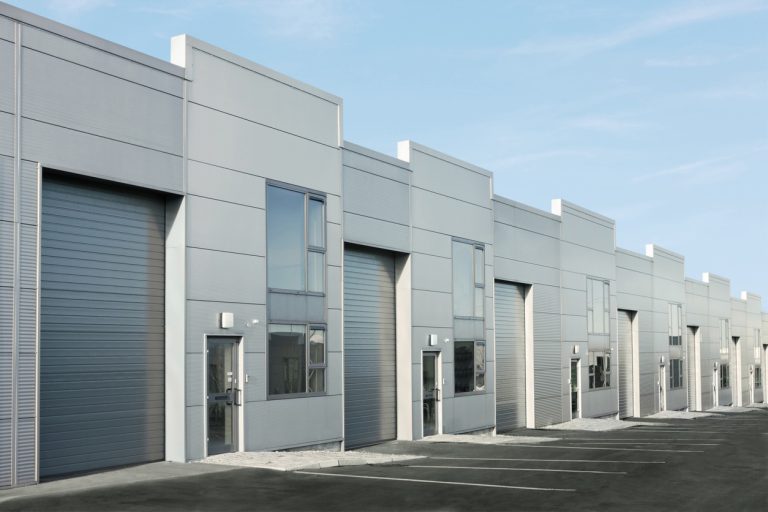Small bay industrial buildings provide spaces that are typically below 5,000 square feet to service local operations. Often called “contractor bays” typical tenants include contractors, mechanics, recreational uses, satellite operations, small business distribution, and hybrid retail/industrial businesses. These buildings can be in major industrial parks, retail corridors, and older parts of the urban core. Tenants typically sign 1–3 year leases, paying rent on a gross basis. Over the years many of these buildings have been converted to condos, allowing individual users to own small spaces.
Advantages: Having a variety of small tenants reduces the risk of major vacancy versus a single– tenant building. Short leases allow owners to push rents consistently. In many markets rent premiums of 10–30% are common when leasing spaces under 3,500 SF. Extremely high construction costs have meant that this product has largely not been built in the New England market in the past five years, limiting supply.
Disadvantages: Managing large numbers of tenants creates more management headaches. While some landlords prefer “mom and pop” tenants larger landlords tend to prefer working with big corporations that are uncommon in this space. Higher concentrations of mechanical systems increase occupancy costs. Shorter term leases make cashflows less predictable than on single tenant net lease (STNL) buildings with fixed income.
Ideal Buyer: These are perfect for investors looking to actively manage their investments, especially those with expertise in the local market. I often compare small bay buildings to apartment buildings in that you are dealing with unsophisticated tenants and have low vacancy risk and intensive management. If you want to get into commercial real estate yet worry about covering the cost of long vacancies, then small bay might be for you. Small bay deals can range in price from under $1 million to about $10 million.




